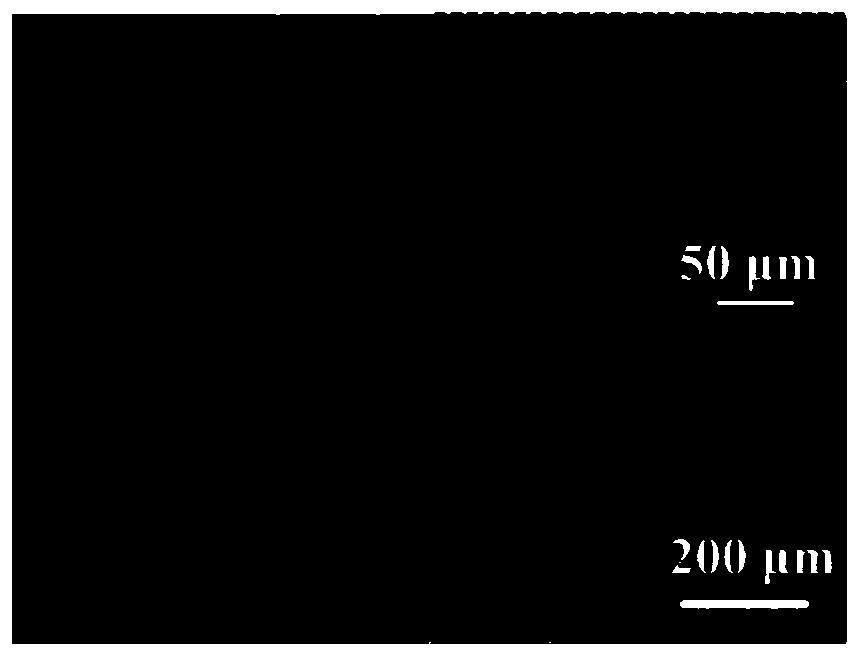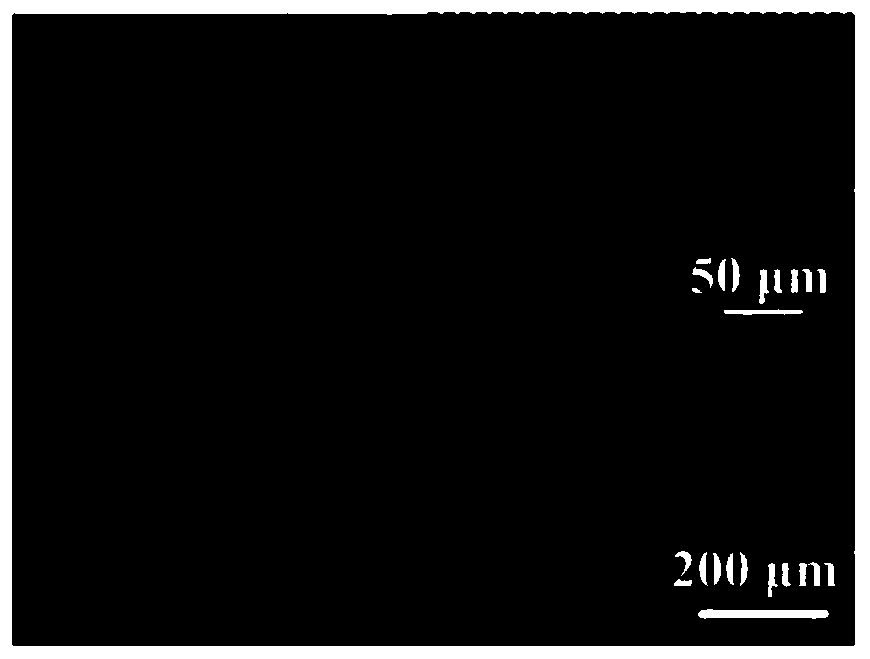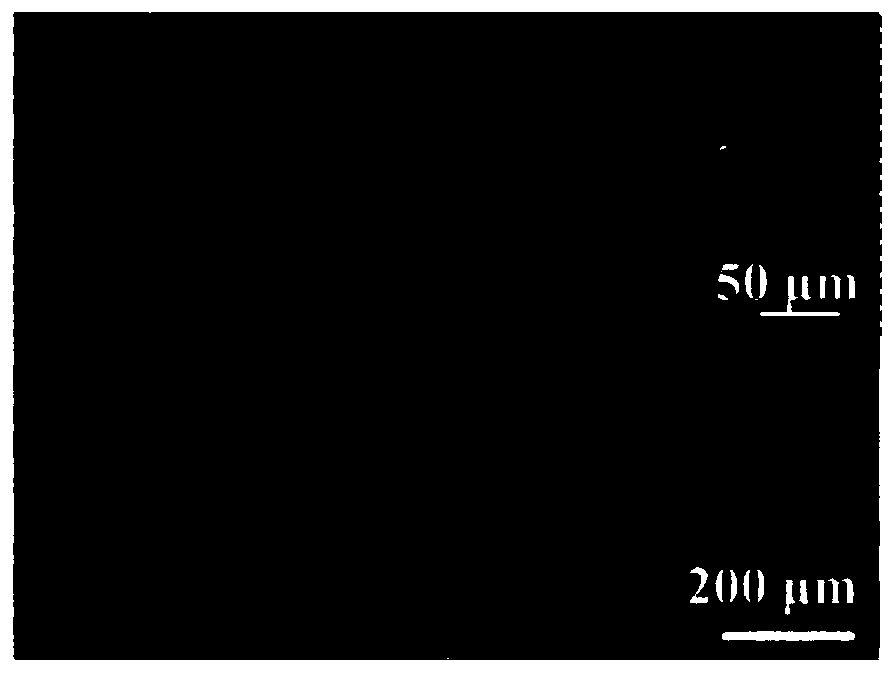Cellulose porous membrane, and preparation method thereof
A porous membrane and cellulose technology, applied in the field of cellulose materials, can solve the problems of uncontrollable pore size, limit the application of cellulose materials, and fail to meet the needs of cell culture, and achieve simple and effective preparation methods, low cost, and wide application range Effect
- Summary
- Abstract
- Description
- Claims
- Application Information
AI Technical Summary
Problems solved by technology
Method used
Image
Examples
preparation example Construction
[0028] (1) Preparation of cellulose solution: weigh 2-5 g of microcrystalline cellulose, add 15-30 mL of N,N-dimethylacetamide (DMAC), stir and preheat at 120-150°C. After 0.5-1h, cool to room temperature, add 5-10g of lithium chloride (LiCl) and 70-85mL of DMAC, heat and stir at 50-80°C for about 0.5-1h until the microcrystalline cellulose is dissolved.
[0029] Among them, Li in LiCl / DMAC solvent + Form a complex with the carbonyl group of DMAC, and Cl - It forms hydrogen bonds with the hydroxyl groups of cellulose, destroying the association between cellulose molecules and making it completely solvated.
[0030] (2) Preparation of cellulose porous membrane: take 3 mL of dissolved cellulose solution, add 2 to 5 g of sodium chloride particles of different sizes at room temperature, and stir evenly. Spread the mixed solution evenly in a petri dish for about 2-4mm, pre-gel at 30-60°C for 0.5-1h, then dissolve the solvent and sodium chloride in the solution with deionized wate...
Embodiment 1
[0033] (1) Preparation of cellulose solution
[0034] a. Weigh 5 g of microcrystalline cellulose, add 20 mL of DMAC, stir and preheat at 150° C. for 1 h to activate it.
[0035] b. Cool the activated cellulose to room temperature, add 10 g lithium chloride and 80 mL DMAC, heat and stir at 60° C. for 1 h until the cellulose is fully dissolved.
[0036] c. Store the dissolved cellulose at room temperature.
[0037] (2) Preparation of cellulose porous membrane
[0038] a. Take 3mL of cellulose solution, add 3g of sodium chloride whose particle size is less than 45μm, stir well and mix well.
[0039] b. Spread the mixed solution on a Petri dish about 2 mm, and pre-gel in an oven at 60°C for 30 minutes.
[0040] c. The pre-gelled film is subjected to solvent exchange in deionized water to dissolve DMAc and sodium chloride therein, and the exchange is continued for 24 hours.
[0041] d. The wet cellulose membrane was frozen in a freeze dryer at -20° C. for 1 hour, and dried to f...
Embodiment 2
[0044] (1) Preparation of cellulose solution
[0045] a. Weigh 3g microcrystalline cellulose, add 30mL DMAC, stir and preheat at 150°C for 0.5h to activate it.
[0046] b. Cool the activated cellulose to room temperature, add 7g lithium chloride and 70mL DMAC, heat and stir at 80°C for 0.5
[0047] h until the cellulose is fully dissolved.
[0048] c. Store the dissolved cellulose at room temperature.
[0049] (2) Preparation of cellulose porous membrane
[0050] a. Take 3mL of cellulose solution, add 2g of sodium chloride whose particle size is less than 75μm, stir well and mix well.
[0051] b. Spread the mixed solution on a petri dish about 4 mm, and pre-gel in an oven at 30° C. for 1 hour.
[0052] c. The pre-gelled film is subjected to solvent exchange in deionized water to dissolve DMAC and sodium chloride therein, and the exchange is continued for 24 hours.
[0053] d. The wet cellulose membrane was frozen in a freeze dryer at -20° C. for 1 hour, and dried to form ...
PUM
| Property | Measurement | Unit |
|---|---|---|
| particle diameter | aaaaa | aaaaa |
| pore size | aaaaa | aaaaa |
| pore size | aaaaa | aaaaa |
Abstract
Description
Claims
Application Information
 Login to View More
Login to View More - R&D
- Intellectual Property
- Life Sciences
- Materials
- Tech Scout
- Unparalleled Data Quality
- Higher Quality Content
- 60% Fewer Hallucinations
Browse by: Latest US Patents, China's latest patents, Technical Efficacy Thesaurus, Application Domain, Technology Topic, Popular Technical Reports.
© 2025 PatSnap. All rights reserved.Legal|Privacy policy|Modern Slavery Act Transparency Statement|Sitemap|About US| Contact US: help@patsnap.com



